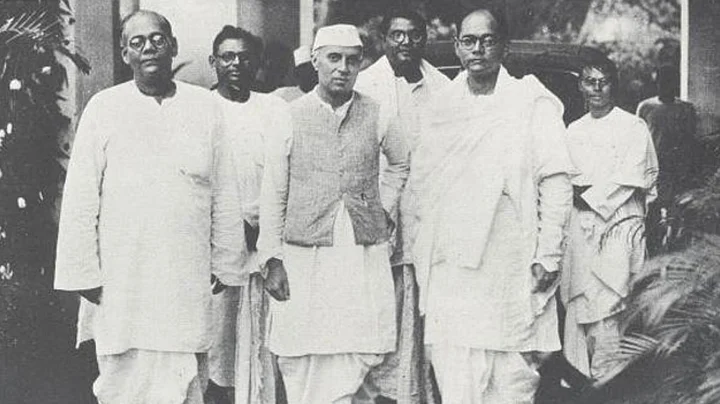According to The Times of India, the recently declassified files on Netaji show that the then prime minister Jawaharlal Nehru was aware of the treasures of Bose’s Indian National Army being stolen. Not just that, the report claims that the Nehru government decided to look the other way and reward one of them.
Top secret files at National Archives show government officials suspected two ex-aides of Netaji Subhash Bose. One of the aides was awarded and made publicity adviser of PM Nehru’s flagship Five Year Plans. The treasure was estimated to be worth $700,000. The treasure ‘scam’ was first detailed by author Anuj Dhar in his 2012 book ‘India’s biggest cover-up’.
Bose “must have carried very much more than has now been handed over to us [by Murti and Ayer], and even if allowances are made for the loss of the part of the treasures when the plane crashed,” Tokyo Mission Head, KK Chettur reported.
Netaji’s collection weighed more than himself, there is a party here who has seen the (treasure) boxes in Ayer’s rooms and who was also to buy off the contents of these few boxes. What happened to these boxes subsequently is a mystery as all that we have got from Ayer is 300 gms of gold and about 260 rupees worth of cash.KK Chettur, Tokyo Mission Head
A secret report authored by RD Sathe on 1 November 1955 confirmed suspicious activities committed by Iyer in ‘INA treasure and their handling by Messrs Ayer and Ramamurti’.
On 21 May 1951, Tokyo Mission head KK Chettur wrote to commonwealth relations secretary B N Chakravarty raising suspicions about two key Bose aides, propaganda minister SA Ayer and head of the Indian Independence League in Tokyo, Munga Ramamurti.
Chettur went on to write on 20 October 1951 that the Japanese government confidentially informed the Mission that Bose had with him “substantial quantity of gold ornaments and precious stones, but that he was allowed to carry only two suitcases on the ill-fated flight.’’
Nehru welcomed Ayer by appointing him, in 1953, as an advisor for the publicity of his flagship five-year plans. Ramamurti, on the other hand, flourished in Japan for a little while longer.
(At The Quint, we question everything. Play an active role in shaping our journalism by becoming a member today.)
